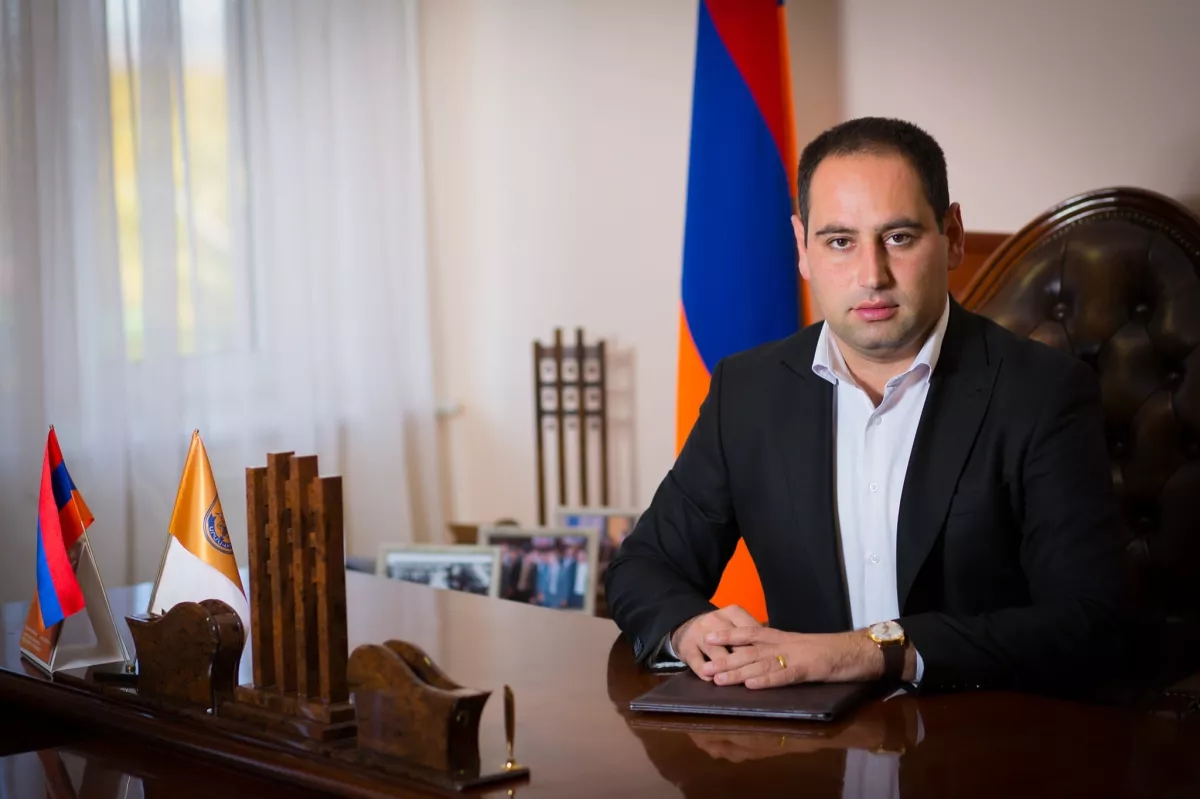Armenia stalls while Baku paves the way Words versus deeds
Recently, it has become increasingly clear that Yerevan is beginning to acknowledge the inevitability and practicality of unblocking regional transport routes—a topic that has remained on the agenda for nearly five years since the end of the Second Karabakh War. This perception has been reinforced by statements from several Armenian officials.
For instance, Armenian Foreign Minister Ararat Mirzoyan recently made what initially appeared to be a constructive statement. He suggested that, as part of opening communications between Azerbaijan and Armenia, the Yeraskh–Sadarak section should also be unblocked. Mirzoyan described this as a natural continuation—or even the starting point—of regional infrastructure unblocking, emphasising that such projects are mutually beneficial and that “both sides stand to gain.”
But, as is often the case, there is always a fly in the ointment. Today, Armenia’s Minister of Territorial Administration and Infrastructure, David Khudatyan, announced that the 2026 state budget does not allocate funds for the renovation of the railway line from Yeraskh to the border with Azerbaijan’s Nakhchivan Autonomous Republic. Moreover, he specified that “funding for preparing the railway infrastructure for a potential unblocking of transport communications is not planned.” “Matters related to coordinating cooperation with the United States on infrastructure management in Armenia’s Meghri region fall under the authority of the office of Vice Prime Minister Mher Grigoryan,” Khudatyan added.

Against this backdrop, Azerbaijan is steadily completing construction of its section of the Zangezur Corridor. As noted in a social media post by Hikmet Hajiyev, Assistant to the President of Azerbaijan and Head of the Foreign Policy Department of the Presidential Administration, “Zangazur Corridor comes to final completion towards Azerbaijan-Armenia border. Azerbaijan is doing its hard work on the ground to establish regional transport and logistics connectivity!!!”
In fact, this means that Baku has not only fulfilled its obligations to unblock communications but has also created a new reality in which transport logistics becomes a central element of regional policy. Highways, railways, bridges, logistics hubs—these are not just infrastructure. They are instruments of geo-economic integration, capable of transforming the entire South Caucasus.
As we can see, Azerbaijan is acting according to a logic of development and strengthening regional connectivity, while Armenia, in contrast, is once again mired in internal contradictions. Mirzoyan’s statements appear to be a diplomatic gesture aimed at portraying Yerevan as “constructive” to the West. However, Armenia’s actual budget is a far more honest document than political rhetoric, and, as noted above, it contains no funds for the modernisation or reconstruction of the Yeraskh–Sadarak road section. This indicates that unblocking transport routes on the Armenian side is not on Prime Minister Pashinyan’s government’s agenda. Key infrastructure decisions have effectively been removed from the relevant ministry and placed under political oversight. This means that the decision to unblock communications in Armenia is not driven by economic considerations but is purely political, dependent on external overseers and domestic political fears.

Such duplicity on the part of the Armenian authorities has been evident for years. On every international platform, Yerevan’s representatives claim that “Armenia stands for peace and open communications,” yet in practice, any initiative to unblock routes—whether railways or highways—runs into “unresolved issues” and bureaucratic silence.
Baku, on the other hand, acts in the interest of not only national but also regional stability. Azerbaijan is effectively serving as the infrastructure engine of the South Caucasus, connecting regions and markets that have remained isolated from one another for decades. It is abundantly clear that unblocking transport communications is not merely a component of post-war agreements. It is a path toward a new geo-economic map of the South Caucasus, where those who act, rather than merely discuss, gain the advantage.
Azerbaijan has demonstrated its ability to implement large-scale regional infrastructure projects quickly, efficiently, and consistently. It is precisely because of this that the Republic of Azerbaijan is becoming a key link between the Caspian, Black, and Mediterranean seas.








